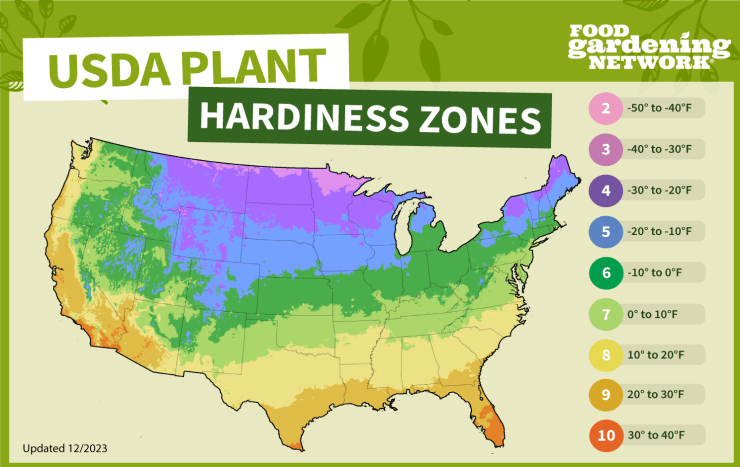Cranberries are unique plants that have specific growing requirements and are typically grown in certain regions known for their acidic, bog-like conditions. They are best suited for USDA Plant Hardiness Zones 2 to 7. Here are examples of U.S. states in each growing zone where cranberries can be grown:
Zone 2: Includes parts of:
- Alaska
- North Dakota
- Montana
Zone 3: Some states in this zone are:
- Minnesota
- Wisconsin
- Maine
Zone 4: Some states in this zone are:
- Michigan
- Vermont
- New Hampshire
Zone 5: Some states in this zone are:
- Massachusetts
- Rhode Island
- Pennsylvania
Zone 6: Some states in this zone are:
- New York
- New Jersey
- Ohio
Zone 7: Some states in this zone are:
- Virginia
- Maryland
- Delaware
Cranberries require a specific combination of acidic soil, ample water, and cool conditions to thrive. They are often grown in bogs or wetlands, and commercial cranberry cultivation is concentrated in specific regions known for these conditions.
Growing cranberries indoors is not practical due to their specific requirements. Cranberries require a unique ecosystem that is challenging to replicate indoors. They are typically grown in flooded fields or bogs, and their vines spread along the ground or float on water.
If you’re interested in growing cranberries, it’s recommended to do so in a suitable outdoor location with the right conditions. Attempting to grow them indoors would likely result in poor growth and low yields.
Check out the USDA Plant Hardiness Zone Map and find out what zone your zip code is located in here. Or you can use our map to get a general idea of what your plant hardiness zone is.



 Previous
Previous

